Multicolor FDM 3D Printing: A Rainbow of Possibilities
What Is Multicolor 3D Printing?
3D printing has come a long way since its early days of single-color, monochromatic prints. With advancements in technology, it's now possible to print in a variety of colors, creating prints that are not only functional but also visually stunning. Multicolor 3D printing has opened up a whole new world of possibilities for designers, manufacturers, and hobbyists alike, and it's quickly becoming a very popular topic in the 3D printing space.
Whether you're a seasoned 3D printing pro or a beginner just starting, you won't want to miss out on the vibrant possibilities of multicolor 3D printing.
The Benefits
Multicolor 3D printing has a number of benefits over traditional single-color 3D printing. For one, it allows for more creative freedom and can make prints more visually appealing. Additionally, it can save time and effort by reducing the need for post-processing work such as painting or dyeing.
Ways To Multicolor 3D Print
Ways To MIf you're interested in multicolor 3D printing, there are several techniques that you can use to achieve your desired results. Here are some of the most common ways to 3D print in multicolor:
Single Extruder with Filament Swapping
One of the simplest techniques for multicolor 3D printing is to use a single extruder and swap out the filament between layers. This technique involves pausing the print, switching the filament, and then resuming the print. The change of the filament can be done either manually or with a tool such as MMU2S.
While this technique is straightforward, it can be time-consuming and requires careful setup before exporting from the slicer. After changing the filament, the nozzle will require quite a bit of purging to start the next layer without a trace of the old color.
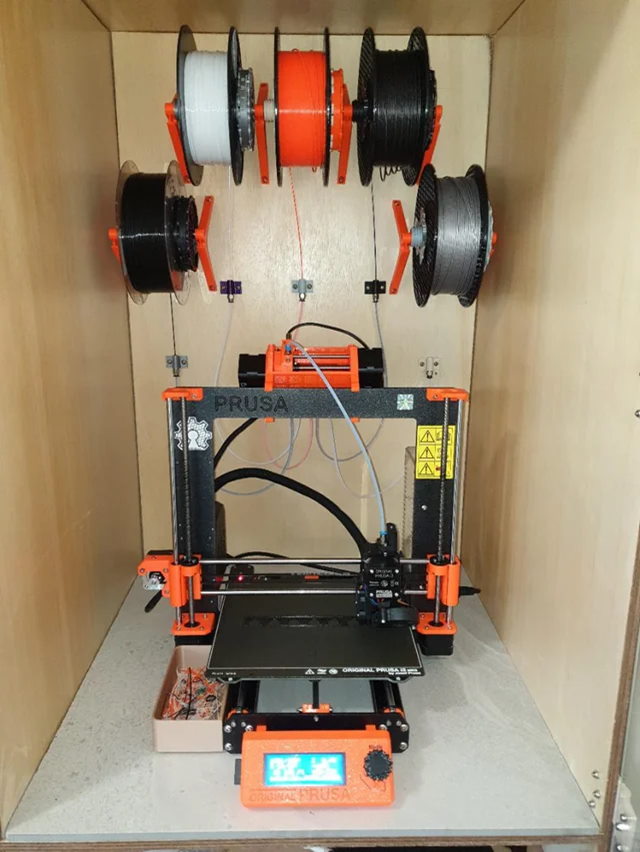
Splicing
Another technique for multicolor 3D printing is splicing, which involves cutting and joining different colors or materials without pausing the printer for color change procedures. The Mosaic Palette system is a popular solution for this method, allowing users to print with up to eight different colors (in the case of the Mosaic Palette 3 Pro).
With the Mosaic Palette, whenever the G-code indicates a color change, the unit snips the old filament and splices the new filament to the old using heat. This process creates a continuous filament that is immediately ready to print, without the need for manual intervention or pausing the print. Splicing with the Mosaic Palette is a convenient and efficient way to achieve multicolor prints with a single extruder setup.
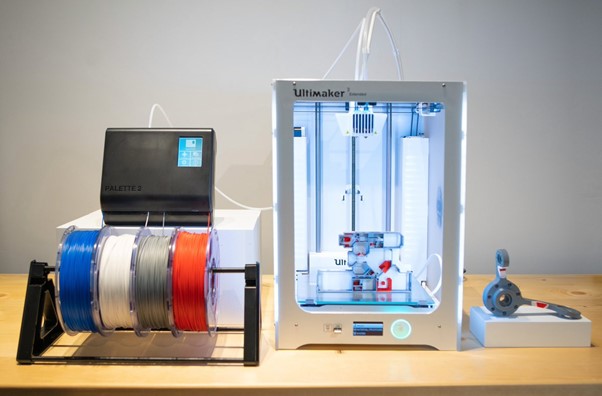
Multiple-Nozzle, Multiple-Extruder Printing
Multiple-nozzle, multiple-extruder printing setups eliminate the need for retraction after every color change you want to make as well as the excessive purging. This technique allows for more complex and precise multicolor prints since both extruders can work simultaneously to print different colors. Such printers are typically more expensive and may require more calibration and setup, but they offer greater flexibility in terms of color options and design possibilities.
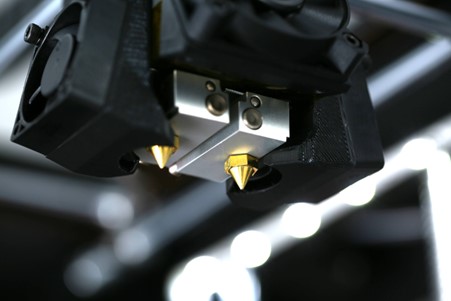
Mixing Extruder Printing
Some 3D printers have a mixing extruder that can create custom colors by blending two or more filaments together in the hot end of the printhead. This technique offers virtually unlimited color options and can create gradient effects and other unique designs. However, mixing extruders can be more challenging to use and may require more setup and calibration than other techniques.
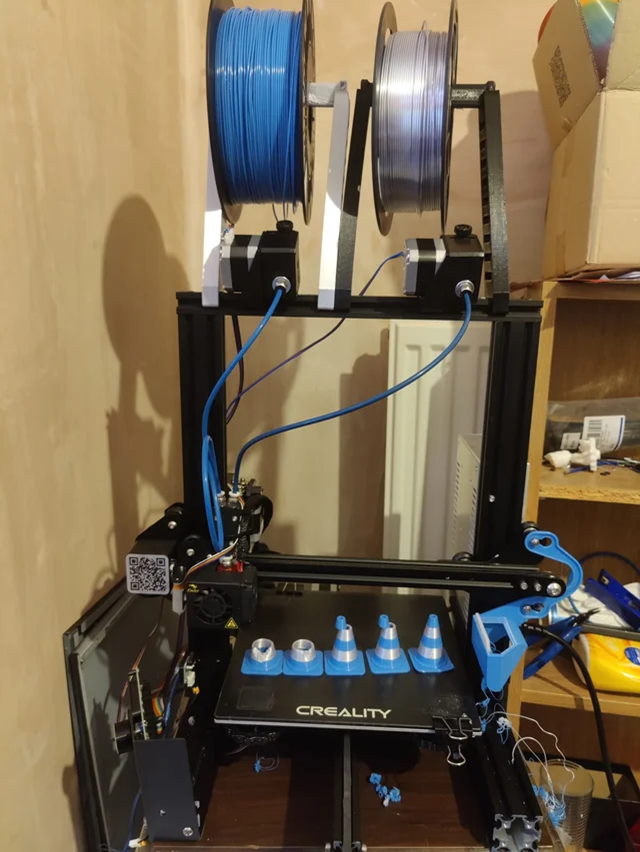
Pre-printing Coloring
When proper multicolor 3D printing seems like too much of a hassle for you, that’s when pre-printing coloring comes into play. It’s a technique that allows you to print in different fun colors, blends, and mixes the same way you do your monochromatic prints. The drawback is that by using such multicolored filaments, you have almost no control over the color of your part.
- Rainbow (or multicolor) filament comes in a wide variety of colors and shades, making it perfect for creating artistic models such as vases and sculptures. If you have seen some amazing-looking multicolored prints that change color gradually, it’s most likely with this kind of filament!
- Color-changing filament gives a similar effect to the rainbow filament but changes color based on temperature instead of having fixed colors.
- Dual-color or dichromatic filament is still in its early stages, but some brands of PLA allow you to print with two different colors using co-extrusion. Instead of mixing, the two colors make up non-overlapping halves of the filament, resulting in prints that vary in color depending on the orientation of the design. This technique is great for creating illusion pieces.
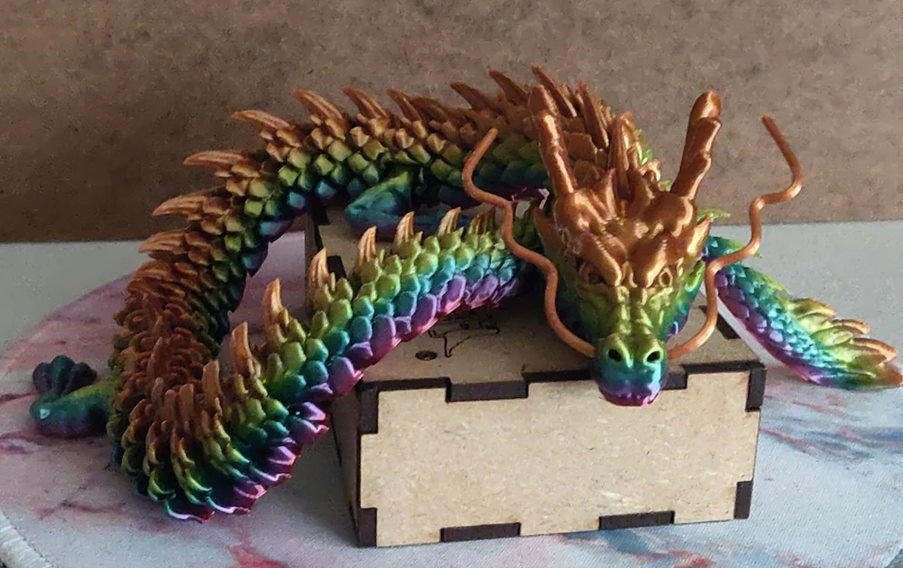
Post-Printing Coloring
In some cases, you won’t be able to achieve satisfactory results without a bit of post-processing. It’s not part of the 3D printing process, but it is something you should consider depending on your needs, setup, budget, etc.
Keep in mind that the procedures and materials you are going to use will depend on the filament type. In general, the process looks like this:
- Sanding (optional)
- Apply Primer (2-3 coats are sufficient)
- Painting
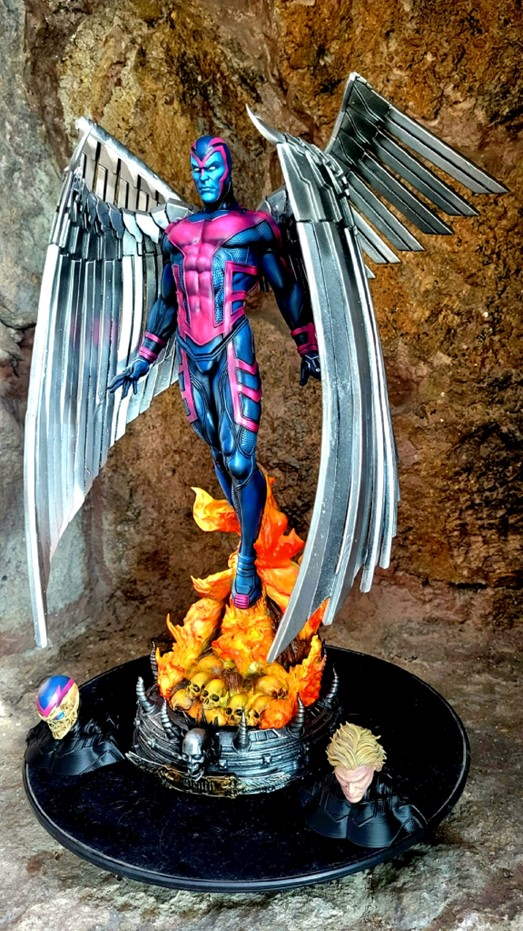
Choosing the Right Technique for Your Needs
When deciding which multicolor 3D printing technique to use, it's important to consider your goals and the type of print you want to create. If you're new to multicolor printing and want to try it out without investing in new equipment, a single extruder with filament swapping may be a good place to start. If you're looking for more precise and complex designs, dual extruder or mixing extruder printing may be a better choice.
Multicolor filaments are also a great way to tip your toes in this full-of-opportunity rabbit hole of 3D printing.
By understanding the different multicolor 3D printing techniques available and choosing the one that best meets your needs, you can create stunning prints that showcase your creativity and skill. So take some time to explore the different options and experiment with different designs and color combinations. With a little practice and patience, you'll be creating beautiful multicolor prints in no time.
